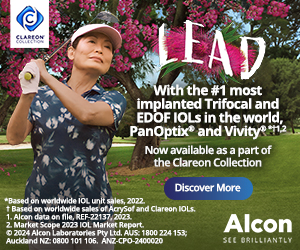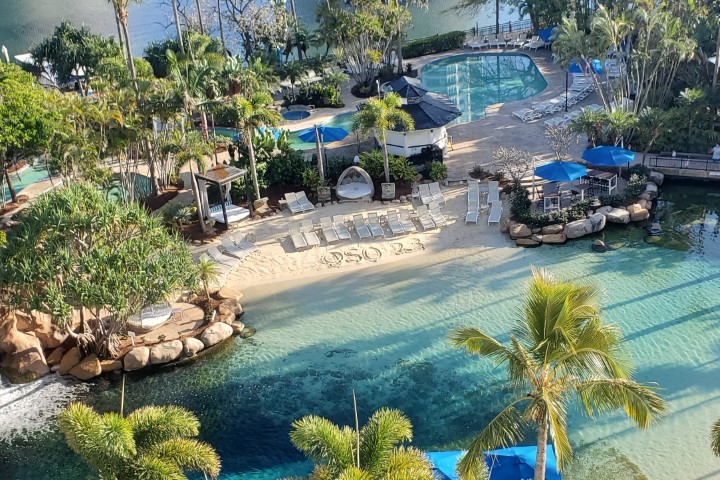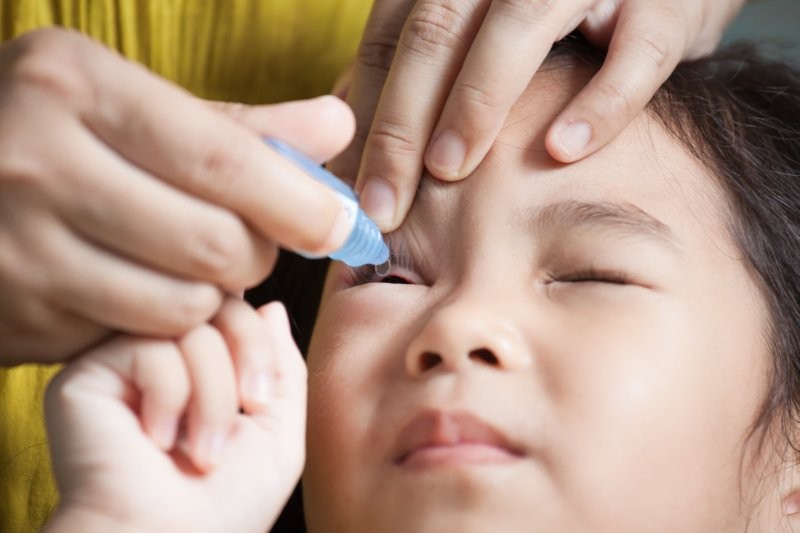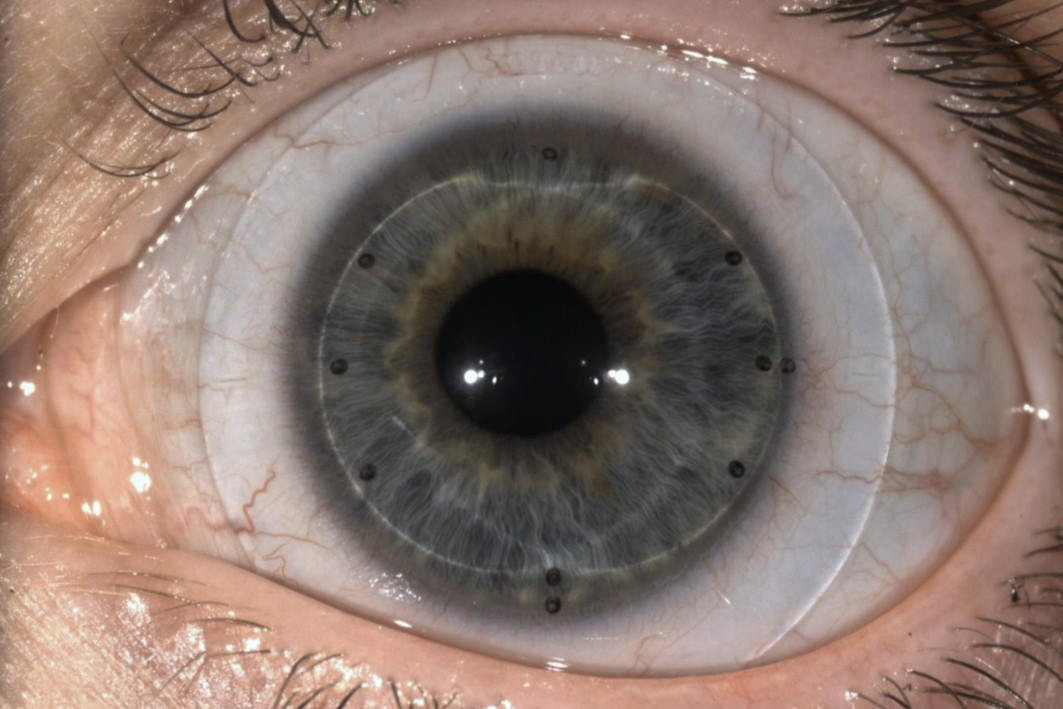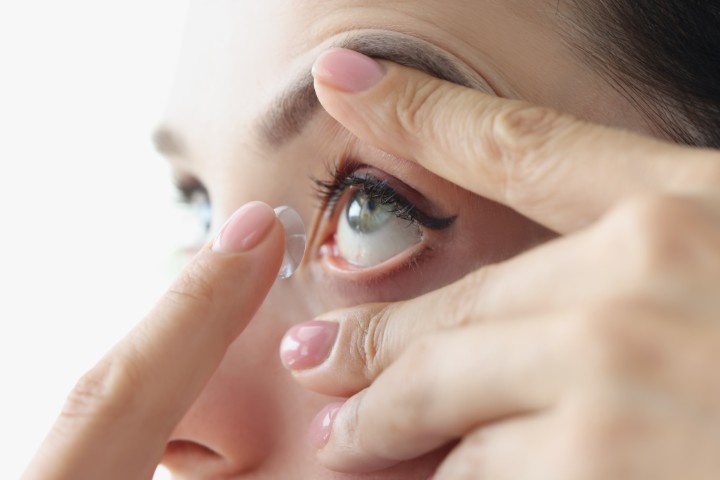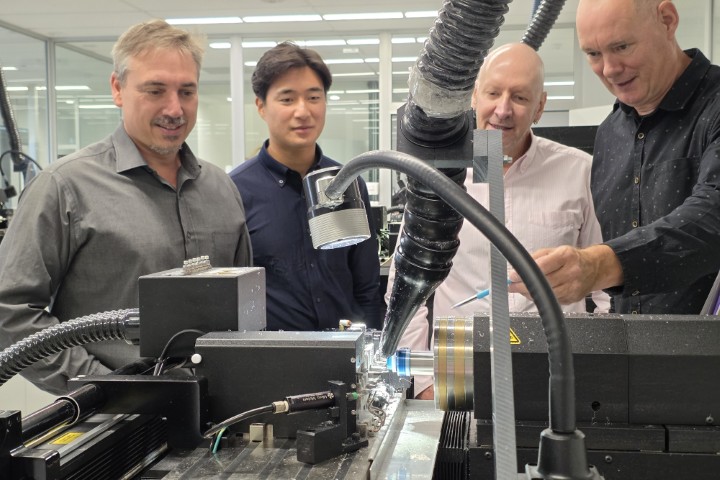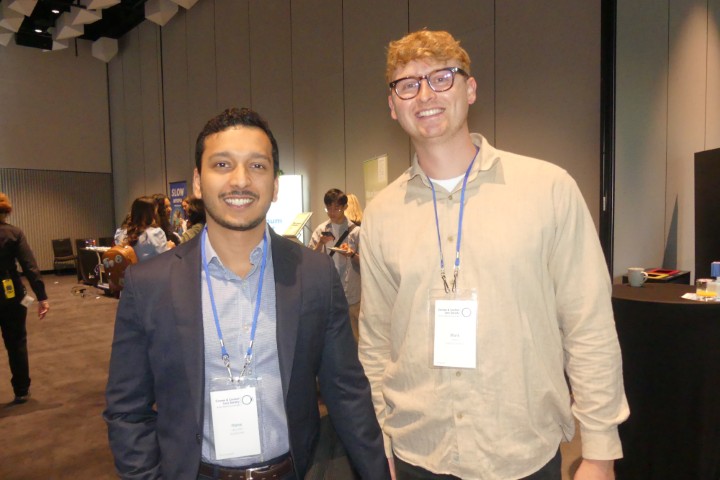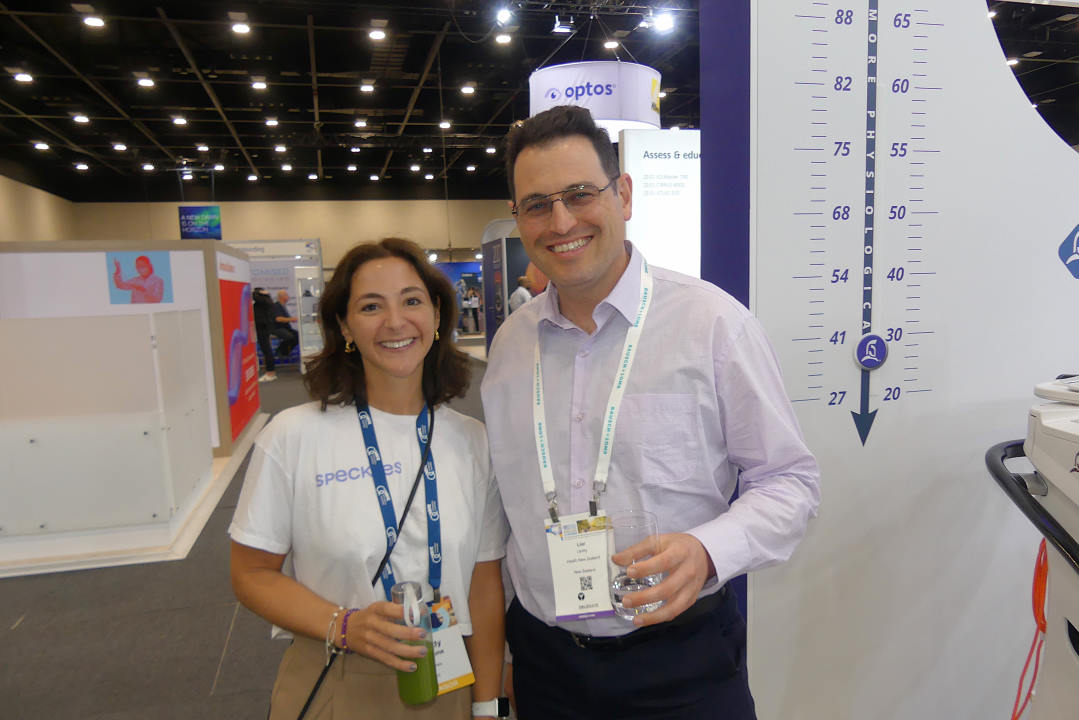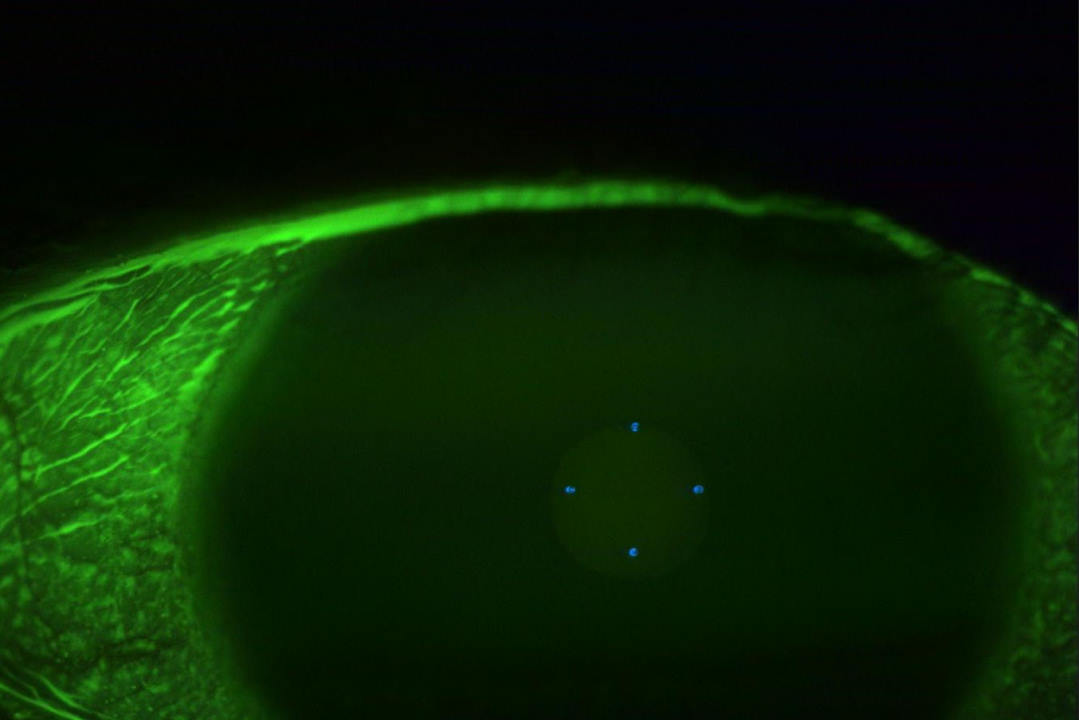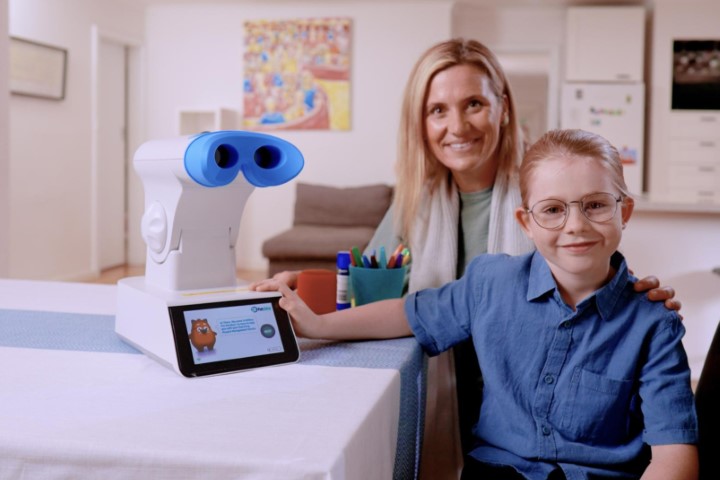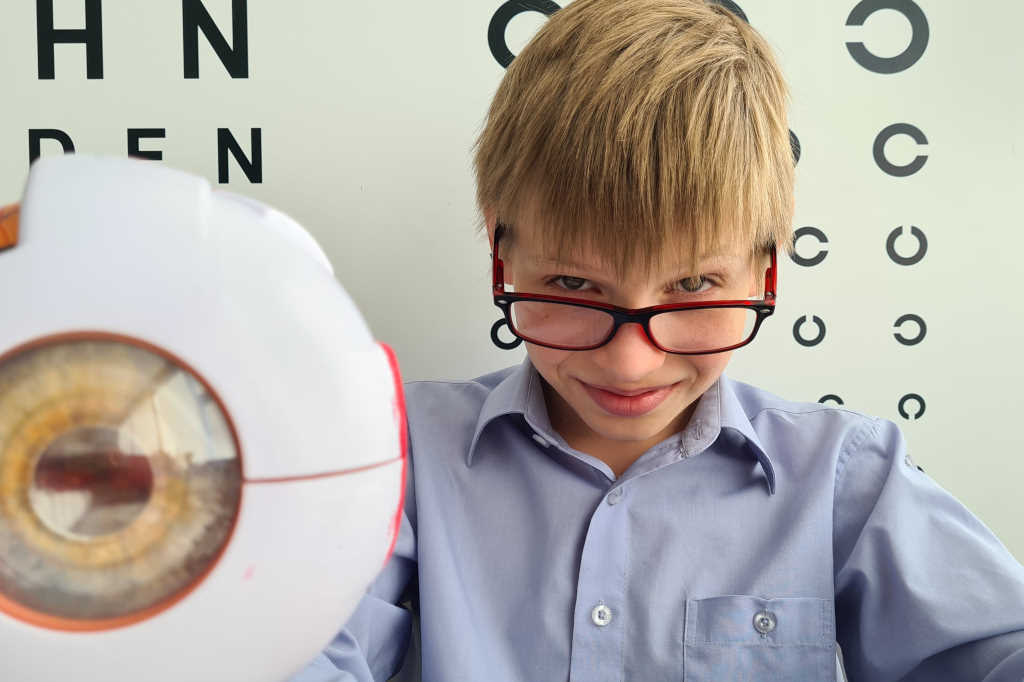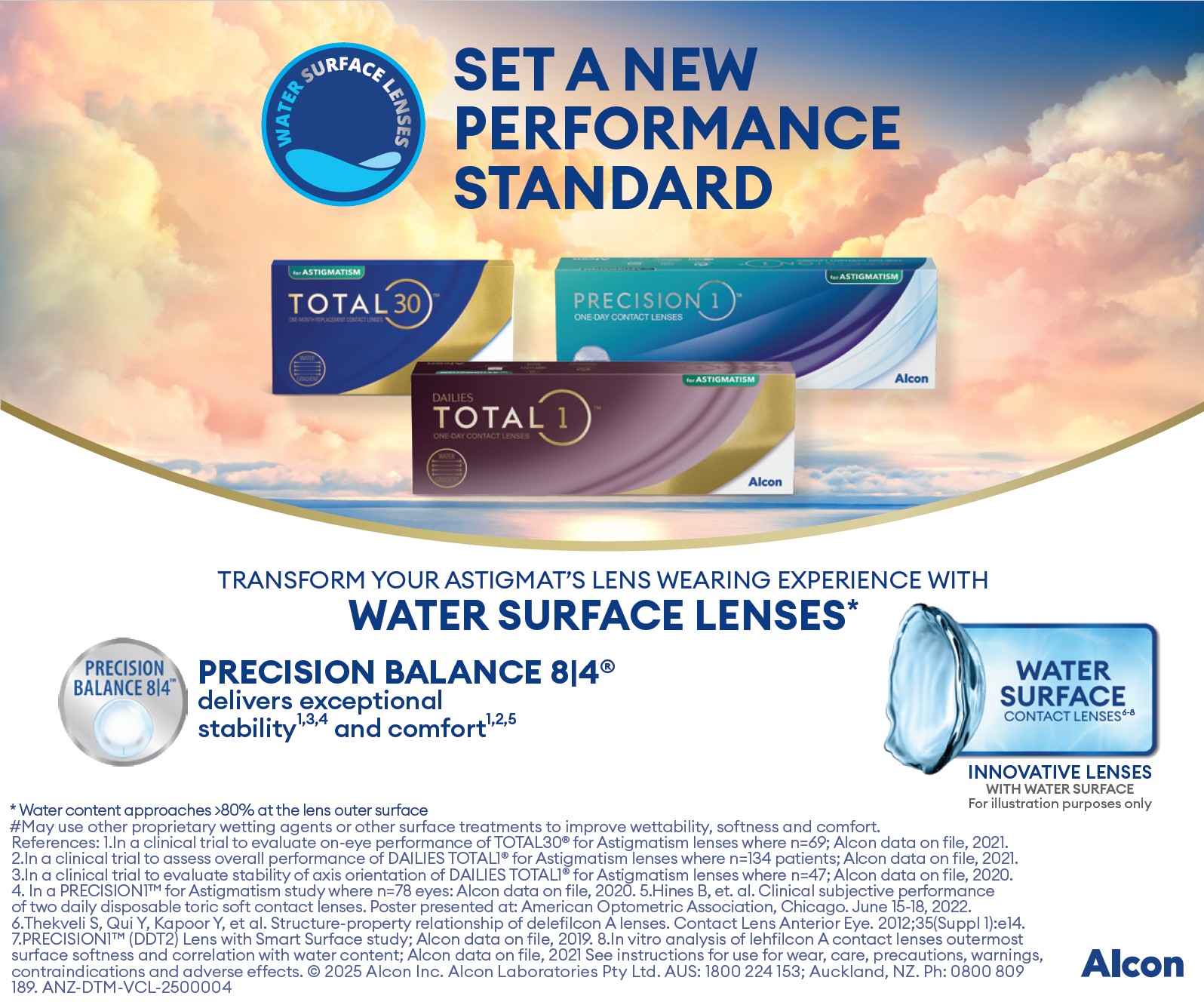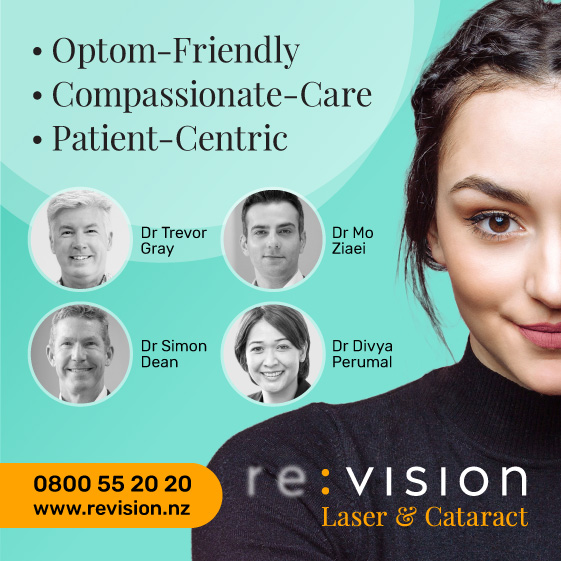OSO 2023: the greatest show
For years, Orthokeratology Society of Oceania (OSO) conferences have enjoyed a reputation for being scientific and cutting edge, yet still embracing an exciting and unique social element where sometimes the best take-home clinical pearls are gleaned over an evening beverage. So, after a half-decade hiatus, it was a delight to see the OSO conference return with a bang.
Though it was a great pity the previous OSO conference could not go ahead (scheduled as it was on one of the most auspicious dates for a vision-related event: 6/6/2020), this year’s congress retained several of the high-profile 2020 keynote speakers and added even more, making it one of the best lineups of experts on specialty contact lenses and myopia control I have ever been a part of. Equally, orthokeratology (ortho-k) stalwarts were among the delegates returning with relish, plus a pleasing number of fresh faces eager to learn about the science and applications of corneal reshaping.
A jolly good fellowship
Counting around 20 Australia and New Zealand fellows among its members, the International Academy of Orthokeratology and Myopia Control (IAOMC) had its inaugural dinner on the night prior to the conference. Despite the raucous nature of the teppanyaki entertainment surrounding us, it was a convivial evening catching up with leaders in the field of orthokeratology. Sharing our thoughts on clinical and educational topics is vital to the continued success of niche topics like ortho-k and I look forward to future discussions with friends within this group. Hopefully, with equally generous helpings of fried scallops.
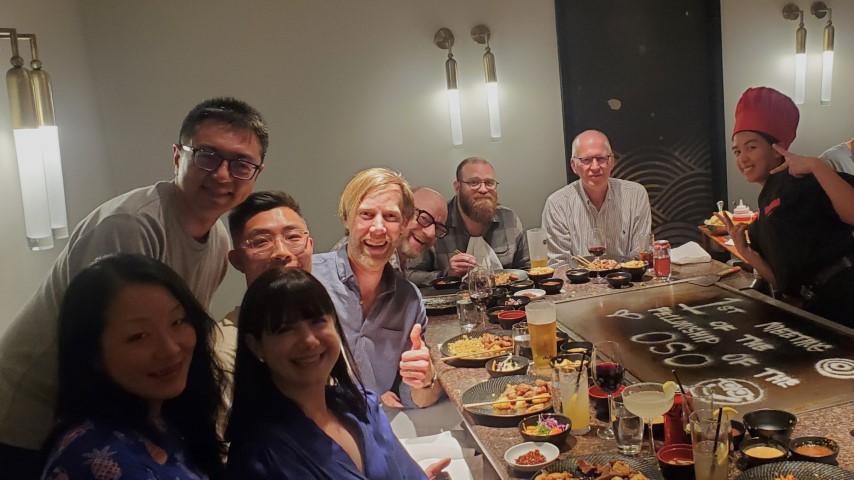
A selection of IAOMC fellows at the inaugural dinner: (L-R) Jessica Chi, Philip Cheng, Celia Bloxsom, Warren
Trac, Alex Petty, Andrew Sangster, Gavin Swartz and Gavin Boneham
My friend and colleague Shonit Jagmohan, a fellow Kiwi now living in Melbourne, took the reins of the fellowship programme several years ago. This year saw the introduction of the International Academy Certification in Myopia Management (IACMM) as an intermediate step to attaining fellowship with the academy, but it is an achievement in its own right. Applicants must pass written and oral exams to demonstrate a mastery of skills including understanding the epidemiology of myopia, myopia-related pathology, assessing myopia risk and progression and all myopia management options available. Jagmohan conducted testing and awarded certificates to nine individuals during the conference, including our very own Eleisha Dudson. If you are interested in the Certificate of Myopia Management or fellowship of the Orthokeratology Academy, please reach out to Shonit (shonit@oso.net.au).
Getting down to business
On the education front, there was a plethora of specialty lens and myopia-control content to gorge oneself on. As it had been five years between drinks, it was not surprising several key areas discussed had yet to reach anyone’s radar at OSO 2018. Fittingly, the conference theme was ‘New Frontiers’. Through morning lectures and more interactive workshops in the afternoon, an array of cutting-edge topics were explored, such as ortho-k for astigmatism (Adelaide’s Pooja Bhindi), off-label applications of ortho-k for hyperopia and high myopia (Jagrut Lallu), post-LASIK ortho-k (yours truly), large diameter reverse geometry corneal RGP fitting for corneal grafts (Adelaide’s Lachlan Hoy), and updates on scleral lens parameters to best avoid hypoxia (high-Dk lens material and minimum tear reservoir thickness, QUT’s Dr Damien Fisher and Adjunct Assistant Professor Eef van der Worp, Pacific University College of Optometry, Oregon, US).
Other key themes emerged from the sessions, in particular, aberrations. Although this theme would normally send most of us to sleep, it has become very clinically relevant and, dare I say it, rather interesting! Keynote speaker Associate Professor David Berntsen from the University of Houston kicked off with a deep-dive into the effects of ortho-k on higher-order aberrations (HOAs). Ortho-k particularly induces the HOAs’ spherical aberration and coma, which affect low-contrast vision and are altered by pupil size. Despite this, in several studies investigating quality of life with ortho-k versus spectacle correction, the former comes out on top. This is primarily due to aspects like increased visual freedom, overall vision level and dependence on correction, although generally symptoms like glare and ghosting are noticed more. This is relevant when considering offering ortho-k or multifocal lenses to adults with large pupils, higher corrections, or lifestyles that involve lots of night driving, for example. On the other hand, in my experience children seem to be very tolerant of less-than-perfect optics as long as they don't have to wear glasses!
Ortho-k with Randy K
The potential for affecting vision due to aberrations with ortho-k led nicely into the next talks. Well-loved OSO conference mainstay Randy Kojima, a research scientist and clinical instructor at Pacific University College of Optometry, Oregon, and director of technical affairs at GP contact lens manufacturer Precision Technology, expanded on how the aberrations induced by ortho-k and soft multifocal CLs are believed to be a principal component of their myopia-control effect, due to ‘retinal confusion’. In a similar talk to a myopia-control case I shared at the Snowvision conference in August, Kojima presented results from the ‘Variation of orthokeratology lens treatment zone’ (VOLTZ) study (Guo et al 2023), where investigators designed ortho-k lenses with a 5mm back-optic zone diameter (BOZD), rather than a traditional ‘adult’ design of 6mm. The 5mm BOZD lenses created more spherical aberration and over two years showed around half the axial elongation compared to the traditional design (5mm, 0.15mm ± 0.21mm, vs 6mm, 0.35mm ± 0.23mm). This is something many of us have suspected for years and suggests anyone prescribing ortho-k lenses to children should be comfortable using different lens designs with a smaller optic zone to maximise the myopia-control effect.
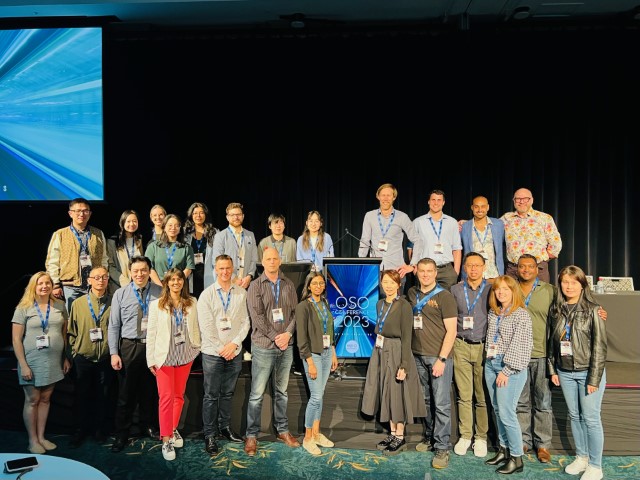
Kiwi OSO delegates out in force, with author Alex Petty (back row, right of podium)
Additional talks referencing aberrations included Professor Langis Michaud’s experiences, from his myopia-control clinic in Montreal, on how adjusting ortho-k parameters, such as tear reservoir depth, and measuring pupil size is important to customise the best lenses for each child. Associate professor of optometry at Pacific University in the US, Pat Caroline’s ray-tracing extravaganza, meanwhile, showed how variable different multifocal lenses create their aberration profiles and in particular how the forthcoming new Johnson and Johnson Abiliti multifocal myopia-control lens with +10D of add (!) creates bucketloads of spherical aberration (and is presumably highly potent in slowing eye growth). OSO vice-president and secretary Celia Bloxsom and Queensland University of Technology’s (QUT’s) Professor Stephen Vincent discussed adding HOA correction in scleral lenses to improve visual quality.
Another topic which aroused my interest was the thickness of the choroid. This layer beneath the retina seems to be more relevant to myopia control than we first thought, as Lallu and Jagmohan showed with their literature review on the topic. However, they did highlight measuring it accurately and consistently in clinic with our OCTs can be problematic. QUT’s Professor Scott Read delved a little deeper, explaining that patients with faster myopia progression are associated with having a thinner choroid and vice-versa. Those using ortho-k lenses typically show an increase in choroidal thickness during wear (which explains the apparent ‘shrinking’ of the eye when measuring some of these patients’ axial length), but this returns to baseline after stopping wear. This then raised the question of whether choroidal changes could predict myopia-control effects. Indeed, a range of studies suggest patients with a choroidal thickening response to treatments like ortho-k, atropine and red-light therapy in the short-term (months), demonstrated better myopia control in the long term (years) than those without the same choroidal changes early on. In the future, this may be helpful for clinicians evaluating the early stages of myopia-control treatment to predict how they are likely to play out.
Roll up! Roll up!
As fascinating as this all sounds, no OSO conference would be complete without ample opportunity for some fun outside the plenary room. The welcome cocktail function offered a great chance to let our hair down and chat to colleagues and industry reps in the exhibition hall, with some fantastic technology and services on display from the sponsors.
One highlight was having a play with Aussie company Cylite’s volumetric HP-OCT machine, capable of rapid anterior and posterior OCT modelling of the eye, including corneal and scleral OCT topography and axial length analysis. The potential of this machine for advanced scleral lens fitting and anterior eye evaluation in the future is unprecedented. We really do live in exciting times. Another highlight was Eyespace’s invite to the impressive Top Golf facility. It’s like ten-pin bowling on a driving range, but with golf clubs! Needless to say, the competitive juices and brews were soon flowing and everyone had a ball.
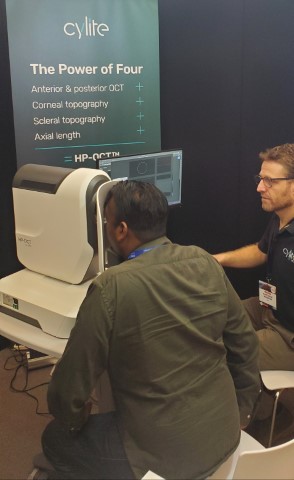
Jagrut Lallu trails Cylite’s Hyperparallel OCT device
Saturday night was the main event, however, with the famous OSO gala dinner, themed ‘The Greatest Show’. Delegates embraced the theme with aplomb, with the ballroom overrun with all manner of ringmasters, circus lions, strongmen, and bearded ladies! Typically, the MC for the evening runs a game-show of sorts, with tables all vying for points in various fun challenges. I am sure our table ended up dead-last, in no small part due to my lacklustre efforts in the one-footed ballerina balance competition. (In my defence, whose bright idea was it to send possibly the tallest, and therefore least stable, eyecare professional in Australasia up as our table’s representative!?).
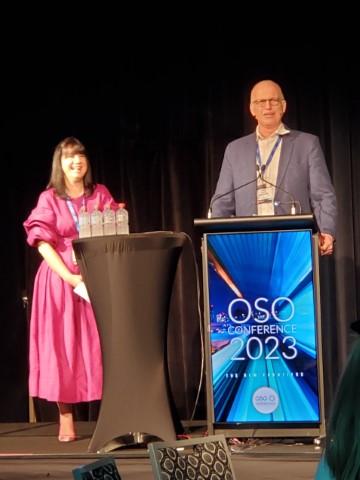
OSO vice-president and secretary Celia Bloxsom and president Dr Gavin Boneham
Overall, the best piece of advice I can give any future conference organiser is to hold your event somewhere warm! It was a treat to escape the insipid confines of the New Zealand winter and be welcomed to the Gold Coast by some sun. After a superb event in 2016, the JW Marriott Gold Coast Resort & Spa in Surfers Paradise once again played host to this year’s OSO gathering. My young family joined me on this trip, and we all took delight in a splash in the resort’s spectacular sandy-bottomed salt-water pool, home to roughly 200 tropical fish! No wonder it was crowned Australia’s best hotel pool in 2021.
Special mention must also go to gala dinner organiser extraordinaire Celia Bloxsom and the OSO Committee for putting on such a great party, and for having the gumption to get up on stage to perform their alternative version of Panic! At The Disco’s ‘The Greatest Show’, reimagined as ‘This is the OSO’!
I can’t wait for OSO 2025; it’s sure to offer us even further frontiers.
Former vice-president of OSO, Alex Petty is director and principal optometrist at Tauranga’s Bay Eye Care, which specialises in myopia control, specialty contact lenses and ocular disease management. In 2016 he was one of the first New Zealanders to become a fellow of the International Academy of Orthokeratology and Myopia Control and is immediate past-fellowship chair for Oceania.





